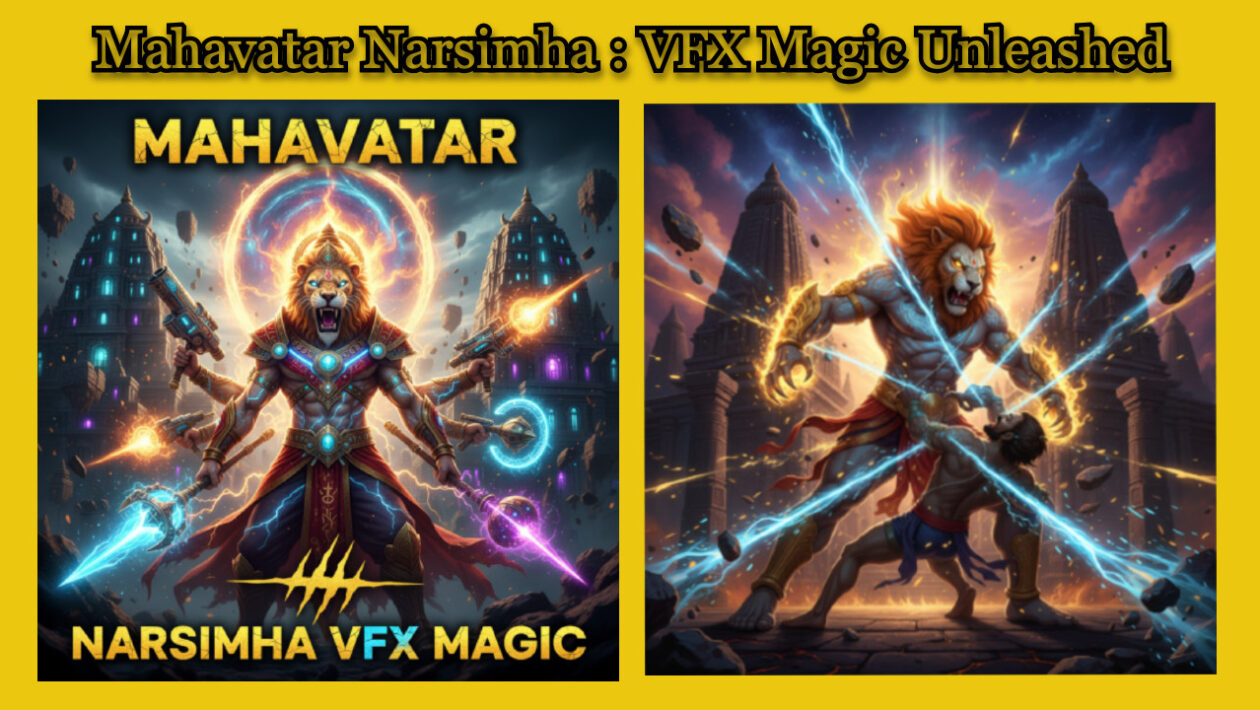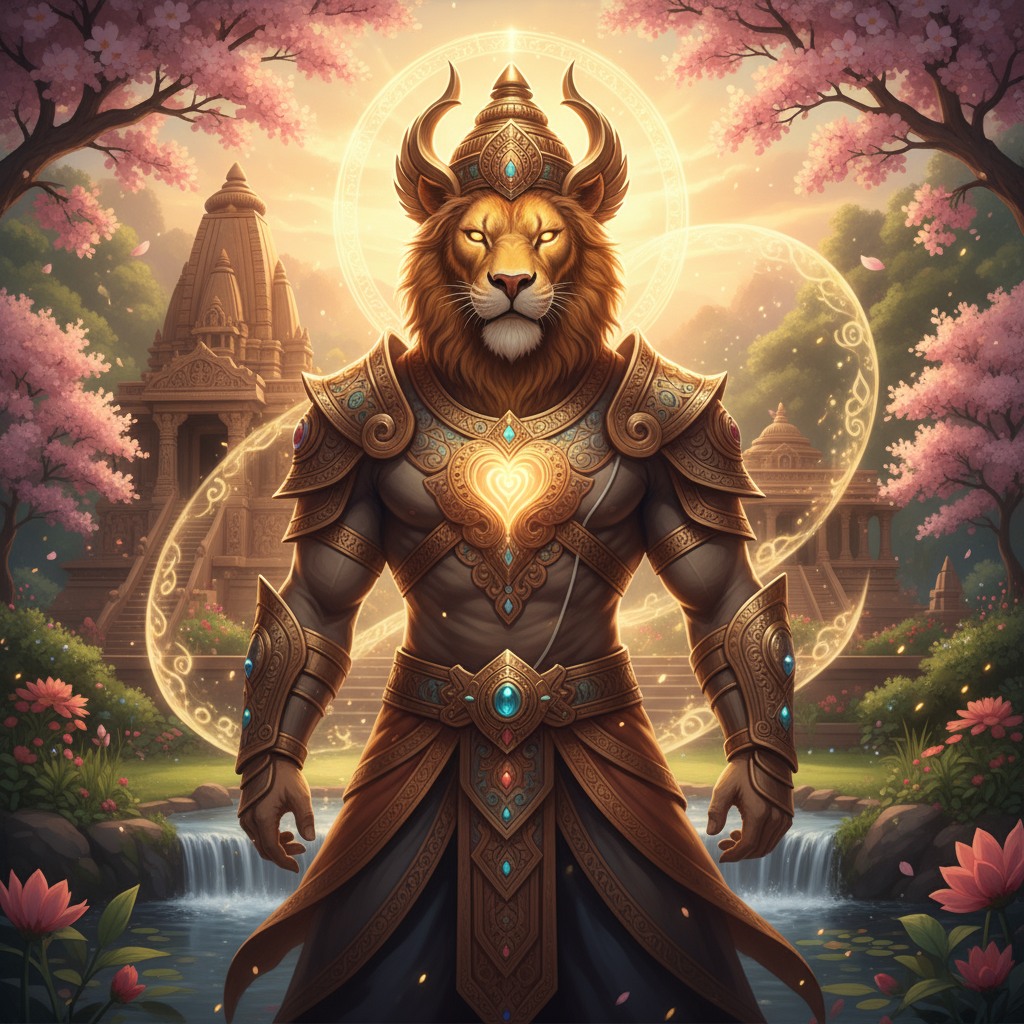How Mahavatar Narsimha’s VFX Made Myth Feel Monumental
Mahavatar Narsimha marks a revolutionary moment in Indian animation cinema, setting a new visual benchmark with its breathtaking VFX and storytelling scale. Directed by Ashwin Kumar and produced by Kleem Productions in partnership with Hombale Films, the film brings ancient mythology to life through cutting-edge visual effects techniques. This blog explores the key VFX methods that created the film’s divine aura and the talented team behind this spectacular achievement.
The Vision Behind the VFX
The creative process for Mahavatar Narsimha was anchored on a detailed, iterative pipeline. It began with storyboards and animatics, progressing to 3D modeling and multiple rounds of re-rendering to craft a visually coherent and mythically authentic world. The director Ashwin Kumar emphasized aligning the film’s visuals with puranic iconography, combining traditional Indian motifs with modern 3D animation to create an immersive experience.
Key VFX Techniques That Made the Magic
-
3D Modeling & Animation: Using industry-standard tools like Maya and Blender, the team crafted intricate character designs and gigantic celestial environments, bringing the avatar Narsimha and other divine beings to life with fluid and detailed animation.
-
AI-Driven Workflow: Artificial intelligence assisted in animation smoothing, texture enhancement, and automated lip-syncing, streamlining production while ensuring high visual standards.
-
Real-Time Engines & Virtual Production: Software such as Unreal Engine enabled real-time scene previews and dynamic camera movements, allowing for rapid iteration on lighting and complex battle scenes.
-
Advanced Texturing & Materials: The use of high-resolution textures and realistic material shaders added an ornate, temple-like feel that was faithful to Indian mythological art.
-
Spectacular Particle Effects: Over 800 particle-heavy VFX shots created celestial auras, magical energies, and divine powers that elevated the film’s epic scale.
-
Post-Production & Compositing: Final polish was delivered through compositing software like Nuke and After Effects, layering animations with 2D magical effects and color grading for a cinematic finish.
Meet the Visionaries and Artists Behind the Scenes
Mahavatar Narsimha’s success owes much to the hardworking VFX team, with key contributors such as FX Lead Saurabh Mittal and VFX artist Rishabh Goel playing vital roles. Kleem Productions led the project with strategic support from Hombale Films’ Astra Studios, which is rapidly growing India’s VFX capabilities. Director Ashwin Kumar steered the creative vision, establishing a workflow that bridges mythology and technology seamlessly.
Why Mahavatar Narsimha Matters for Indian Cinema
The film represents a major leap forward in India’s animation and VFX industries. By proving that complex, large-format mythological stories can be realized with compelling visuals on par with global standards, Mahavatar Narsimha paves the way for future franchises that explore India’s rich mythos.
Watch and Learn More
To experience the visual grandeur of Mahavatar Narsimha, check it out on Netflix. For deeper insights into the production, watch the director’s making-of interview and the VFX artist breakdowns
-
IMDb page for Mahavatar Narsimha (https://www.imdb.com/title/tt34365591/)
- Follow bloggersmint.com for more updates



танк 300 комплектация и цены в спб http://tank-3001.ru